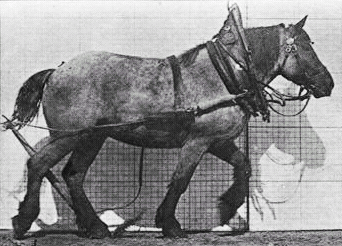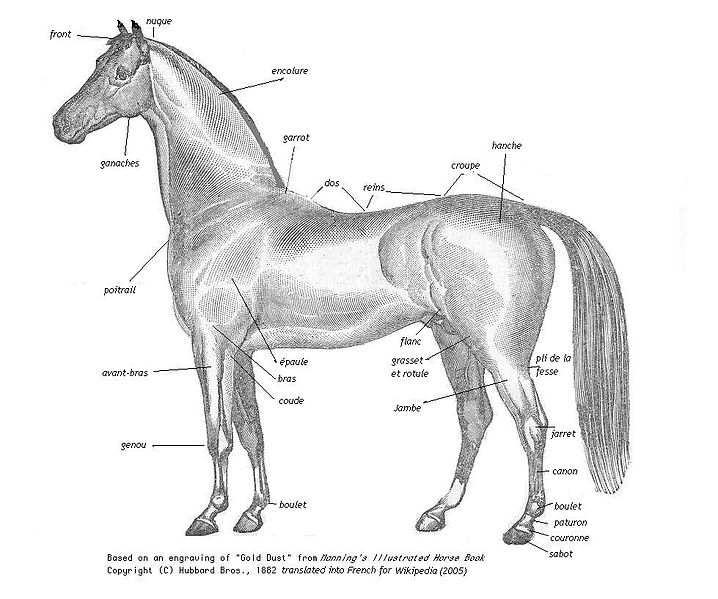In the late 1800s cheap horse meat was often surreptitiously sold in place of more expensive cow flesh. The Department of Agriculture was on the case, although its chief chemist didn’t mind eating a pony now and then. From the October 11, 1899 Brooklyn Daily Eagle:
“Washington D.C.--For the past week a strong odor of decaying animal matter has assailed the nostrils of persons passing the fine building on lower Fourteenth Street, occupied as a chemical laboratory for the Department of Agriculture. By following up the scent to-day it was found to proceed from one of the ground floor rooms of the building where half a dozen aproned chemists were engaged in dissecting the carcass of a roan horse, which a few weeks ago did service as an important part in the wagon express outfit. The animal was pretty generally dismembered, steaks having been cut from both flanks and various portions of flesh from the legs and sides removed, while a string of freshly stuffed sausage links suspended on a nail on the wall showed that some of the meat had been prepared after the style of beef sausage.
Inquiry of Dr. Wiley, the chief chemist of the Department of Agriculture, developed the fact that the government experts are conducting a series of interesting experiments for the purpose of determining just what uses the horse can be made to serve as human food. The department does not intend to start a propaganda campaign in favor of the consumption of American horse meat, and so far as known no such food is offered for sale in this country; yet there has always been more or less suspicion as to the origin of certain prepared meals which we import from abroad in large quantities every year. It is to make our inspectors thoroughly familiar with the appearance and taste of the flesh of this animal that the present experiments are being undertaken. Dr. Wiley said:
 ‘In order to satisfy ourselves on this point we directed the local health authorities to secure for us a horse that had died from natural causes. We got the animal and now are in the midst of our experiments. Samples have been taken from different parts of the body, corresponding with certain cuts usually selected by butchers. We are putting them through chemical and microscopic processes, and noting the changes from time to time and comparing them with genuine beef.
‘In order to satisfy ourselves on this point we directed the local health authorities to secure for us a horse that had died from natural causes. We got the animal and now are in the midst of our experiments. Samples have been taken from different parts of the body, corresponding with certain cuts usually selected by butchers. We are putting them through chemical and microscopic processes, and noting the changes from time to time and comparing them with genuine beef.
‘The popular prejudice against horse flesh as food,’ continued Dr. Wiley, ‘is probably not well founded, as there is no reason to believe that it is not quite as edible as beef flesh. This aversion exists, however, and it is only proper that it should be sold under its own name and not in the guise of some other flesh food.
‘So far as I am concerned I have no prejudice against horse steaks and roasts if well prepared. I have no doubt whatever it figures quite extensively on the bills of fare in the cheap Paris restaurants, though it is not known by the name of horse. I went to several Paris restaurants of the cheaper kind for the express purpose of examining their meats. At one place I was served with soup, vegetables, a roast and a pint of wine, for which I paid one franc–20 cents. Naturally this must have been the cheapest food they could purchase, and while the roast was quite palatable, I often had the suspicion that I was dining off the remains of some old charger.”

